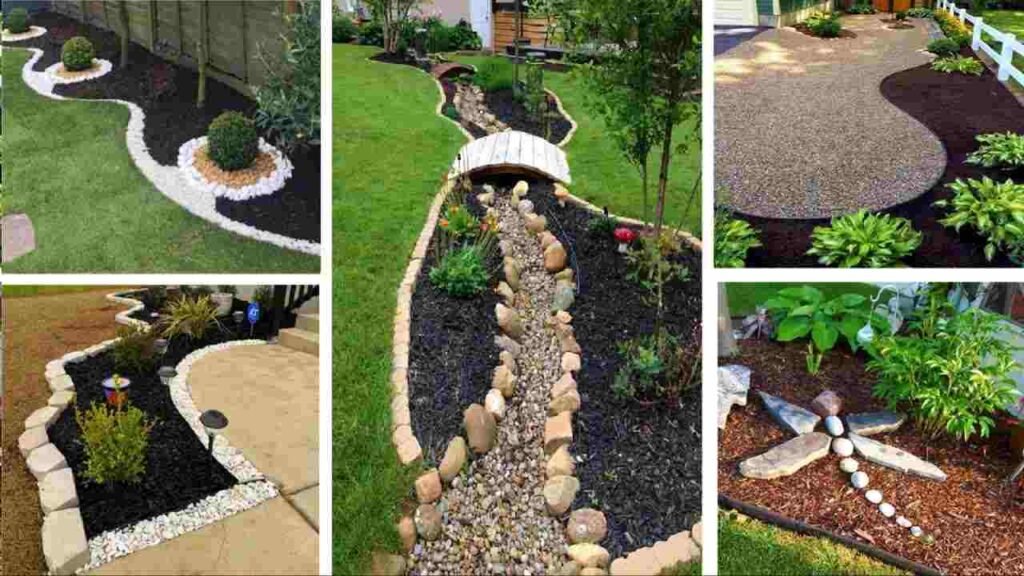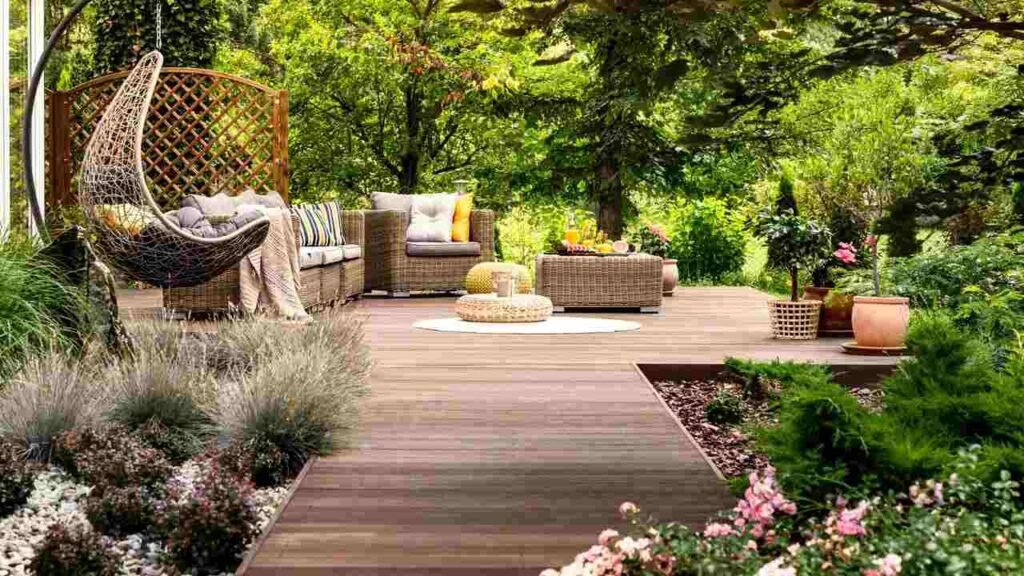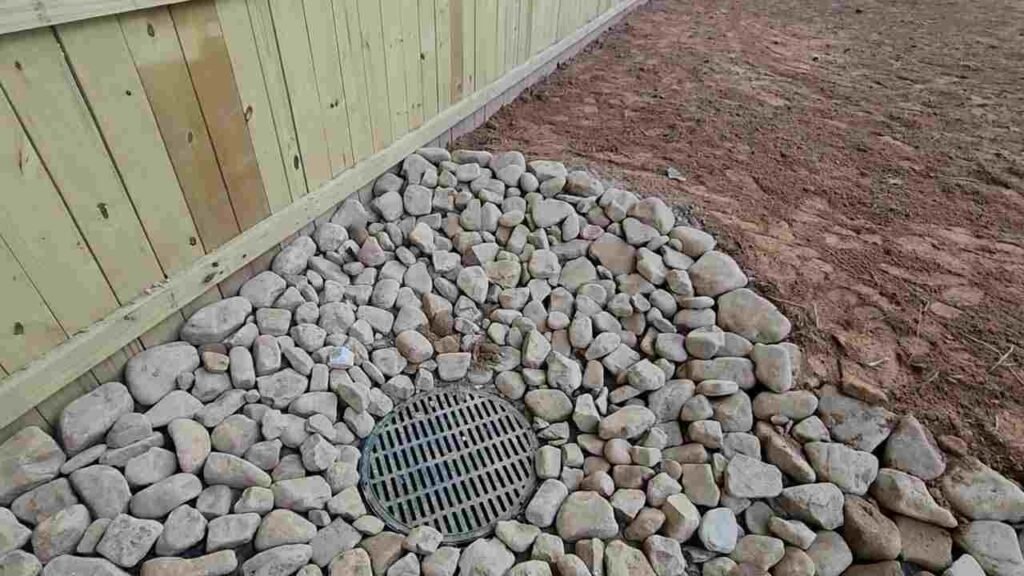Hey there, Liberty Township landscape enthusiasts! Ready to level up your outdoor space? Let’s talk rock gardens. If you’re looking to add some serious texture and visual interest to your landscape, rock gardens are where it’s at. These rugged, naturalistic features not only elevate the aesthetic of your yard but also offer a low-maintenance landscaping solution that thrives in various conditions. From rocky outcrops to cascading boulders, the possibilities are endless when it comes to crafting your own rock garden masterpiece. So, without further ado, let’s dive in and explore with Evergreen Landscaping of Cincinnati, how you can rock your landscape with rock gardens in Liberty Township!

Whether you’re a seasoned gardener, accustomed to sculpting green spaces, or just starting to flex your landscaping muscles, the assistance of landscape services and renovation can amplify the excitement of creating rock gardens. These professionals provide valuable insights and expertise, turning your outdoor space into a canvas for expression. Collaborating with landscape services allows you to design and craft a landscape that seamlessly reflects your unique style and personality.
Understanding the Appeal of Rock Gardens
Guide to professional landscaping for a lawn makeover involves incorporating rocks into your landscape design, offering a unique and visually striking alternative. Captivate with rugged beauty and charm, creating a dynamic, low-maintenance outdoor space. Whether opting for a tranquil Japanese rock garden or rustic alpine style, professional landscaping unleashes creativity and expression.
Benefits of Incorporating Rocks into Landscaping
Landscaping on a slope presents challenges, but incorporating rocks offers solutions beyond aesthetics. Rocks provide crucial structural support, preventing erosion and stabilizing slopes. They act as natural barriers, defining borders and pathways effectively on inclined terrain. Additionally, rocks create microclimates by retaining heat during the day and releasing it at night, benefiting various plants. This aids in conserving soil moisture and deterring pests, ensuring a resilient outdoor environment on sloped landscapes.
Planning Your Rock Garden Design
Planning is essential when designing a rock garden to ensure a cohesive and visually appealing layout. Start by assessing your space and considering factors such as sunlight exposure, soil type, and drainage conditions. Determine the desired size and shape of your rock garden, keeping in mind the overall aesthetic you wish to achieve. Sketch out a rough design, noting the placement of rocks, pathways, and plantings. Why professional landscaping is essential for homes? Planning a rock garden demands expertise to ensure an optimal layout. Professionals assess factors like sunlight exposure, soil type, and drainage, ensuring an aesthetically pleasing and functional design. They determine the ideal size, shape, and placement of elements to achieve the desired aesthetic.

Choosing the Right Rocks for Your Landscape
Choosing the right rocks is crucial for creating a successful rock garden that complements your landscape. Consider factors such as size, shape, color, and texture when selecting rocks for your garden. Opt for rocks that are native to your region or similar in geology to ensure they blend seamlessly with the natural surroundings. Look for rocks with interesting shapes and textures that add visual interest to your landscape. Mix and match different types of rocks to create contrast and variety in your rock garden. By choosing the right rocks, you can enhance the beauty and character of your landscape.
Selecting Plants for Rock Gardens
Selecting the right plants is key to creating a thriving rock garden that complements your landscape and climate. Choose plants that are well-suited to the rocky, well-drained conditions of a rock garden, such as succulents, alpine plants, and drought-tolerant perennials. Consider factors such as sunlight exposure, soil type, and water requirements when selecting plants for your garden. Aim for a diverse mix of colors, textures, and heights to create visual interest and depth in your rock garden. By selecting plants carefully, you can create a beautiful and sustainable rock garden that thrives year-round.
Creating Visual Interest with Texture and Color
Creating visual interest with texture and color is essential for designing a captivating rock garden that draws the eye and engages the senses. Incorporate a diverse mix of rocks with different shapes, sizes, colors, and textures to add depth and dimension to your landscape. Arrange rocks in naturalistic groupings and clusters, mimicking the organic patterns found in nature. Integrate plants with contrasting foliage colors and textures to create dynamic visual compositions. Consider seasonal variations in color and texture to ensure your rock garden remains visually appealing year-round. By creating visual interest with texture and color, you can elevate the beauty and allure of your landscape.
Implementing Effective Drainage Solutions
Implementing effective drainage solutions is crucial for ensuring the long-term health and vitality of your rock garden. Poor drainage can lead to waterlogging, soil erosion, and root rot, compromising the health of your plants and undermining the integrity of your landscape. Incorporate features such as gravel or sand beds, raised planting areas, and strategically placed drainage channels to promote proper water drainage and prevent water buildup in your rock garden. Consider the natural slope and topography of your landscape when planning drainage solutions and consult with a landscape professional if needed.

Maintaining Your Rock Garden: Tips and Techniques
Maintaining your rock garden is essential for preserving its beauty and ensuring the health of your plants. Regular maintenance tasks include removing weeds, debris, and dead foliage, as well as pruning and shaping plants as needed. Keep an eye out for signs of pests, diseases, and nutrient deficiencies, and take appropriate action to address any issues promptly. Monitor soil moisture levels and water your rock garden as needed, taking care not to overwater or saturate the soil. Periodically inspect rocks for signs of erosion or movement, and make any necessary repairs or adjustments to maintain structural integrity. By staying on top of maintenance tasks, you can keep your rock garden looking its best year-round.
Incorporating Hardscaping Elements
Incorporating hardscaping elements can enhance the visual appeal and functionality of your rock garden, adding structure, texture, and contrast to your landscape. Consider features such as pathways, retaining walls, and rock borders to define and frame your rock garden, creating a sense of order and cohesion. Use natural materials such as stone, gravel, and timber to complement the rugged beauty of your rock garden and blend seamlessly with the surrounding environment. Integrate seating areas, water features, and lighting to create inviting outdoor spaces that you can enjoy day and night.
Conclusion
In conclusion, rock gardens stand as a testament to the harmony achievable between nature and design in Liberty Township landscapes. By understanding their appeal, incorporating the right rocks, selecting plants with care, and creating visual interest through texture and color, you can transform your outdoor space into a captivating oasis. Effective drainage solutions ensure the longevity of this aesthetic endeavor, safeguarding against water-related issues. Regular maintenance, thoughtful hardscaping elements, and professional guidance contribute to a rock garden’s enduring beauty. Embracing the opportunity to blend creativity and nature, a well-designed rock garden becomes a dynamic centerpiece, reflecting the unique personality of your landscape. So, let the rocks tell your story, turning your outdoor haven into a captivating and textured masterpiece for all to enjoy.
FAQs
What are rock gardens, and why are they popular in landscaping?
Rock gardens are landscaped areas featuring rocks and alpine plants, favored for their natural beauty and low maintenance.
What types of rocks are suitable for rock gardens?
Rocks with interesting shapes, textures, and colors, preferably native to the region, are ideal for rock gardens.
How do I choose plants for my rock garden?
Select plants that thrive in well-drained, rocky soil, such as succulents, alpine plants, and drought-tolerant perennials.
What are some maintenance tips for rock gardens?
Regular tasks include weeding, pruning, monitoring soil moisture, and inspecting rocks for erosion or movement.
Can I incorporate hardscaping elements into my rock garden?
Yes, features like pathways, retaining walls, and water features can enhance the visual appeal and functionality of a rock garden.
